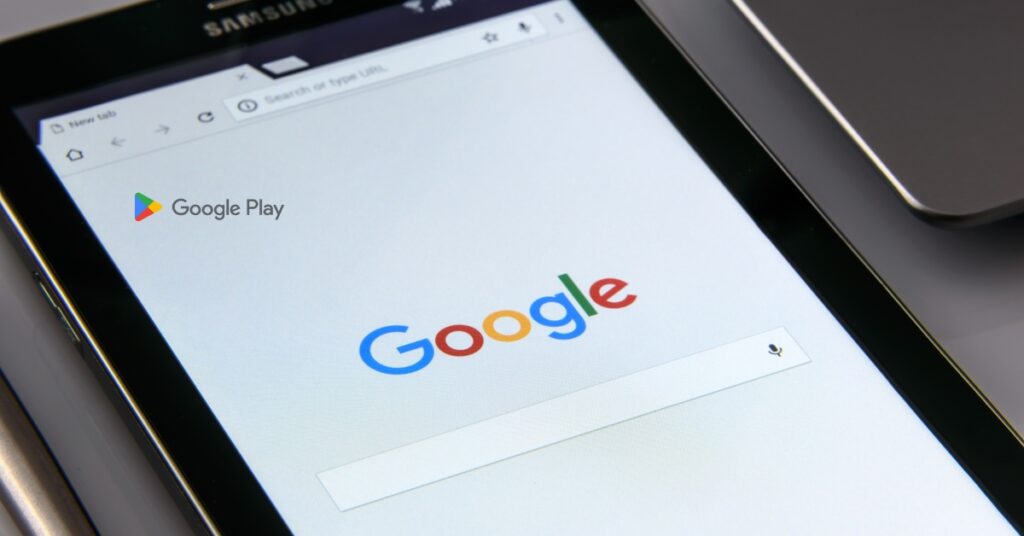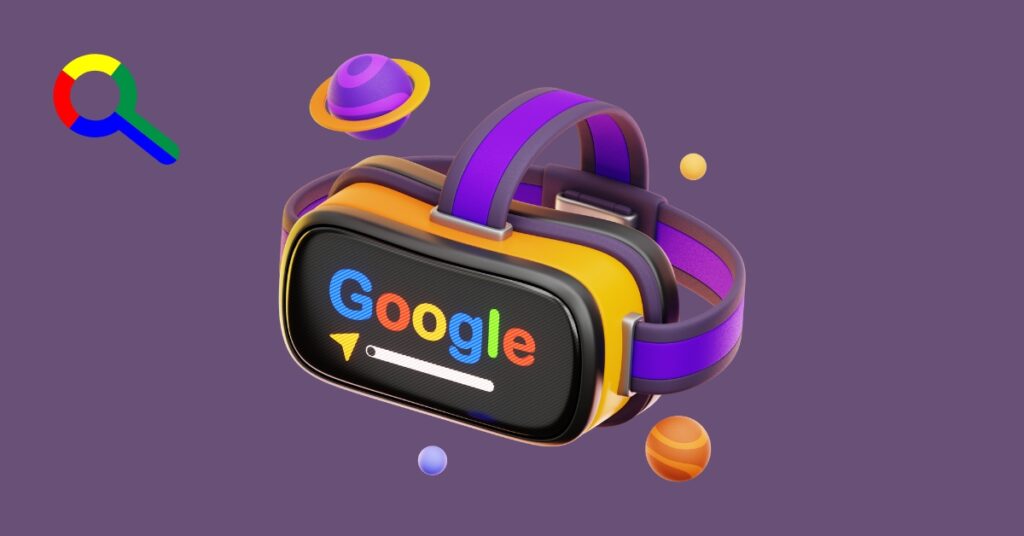Explore the revamped Google AdSense revenue structure and per-impression payment updates for publishers, ensuring transparent, consistent content monetization.
Table of Contents
An Evolution in Monetization
In a significant shift, Google AdSense has announced updates to its revenue share model and payment system, promising a more consistent and transparent monetization process for publishers.
AdSense, a longstanding ally for over two million content creators worldwide, is set to adjust its structure to better align with industry standards and the changing digital landscape.
Understanding the New Revenue Share Structure
Historically, AdSense has maintained a straightforward approach, offering publishers 68% of the revenue generated from their content.
Moving forward, this revenue will be divided differently.
The new system will implement separate buy- and sell-side fees, splitting the AdSense revenue into two distinct portions.
For content ads, publishers will now earn 80% of the revenue after deducting the fees incurred by the advertiser’s platform, which could be Google’s own or any third-party platform.
To illustrate, when Google Ads purchases display ads through AdSense, it will retain an average of 15% of advertisers’ spend.
Since Google Ads’ fees are not fixed per impression—varying with user interactions like clicks or conversions—publishers are still expected to retain approximately 68% of the overall revenue.
When a third-party platform is used for purchasing ads, publishers take home 80% of post-platform fees. Google does not influence the fee structure of these third-party entities and remains opaque to their specific charges.
Shifting to Per-Impression Payments
In a notable transition, AdSense will soon pay publishers per impression rather than the traditional per-click model.
This per-impression method is widely accepted in the display advertising industry.
It offers a standardized way to compensate publishers for their ad space, regardless of whether it is utilized through Google’s products or other third-party platforms.
It is crucial to underline that this change will not affect the types or amounts of ads displayed. AdSense policies, along with Better Ads Standards, continue to prohibit disruptive ad practices.
What Publishers Need to Know
- Timeline: These changes are expected to roll out early next year.
- No Immediate Action Required: Publishers do not need to act now.
- Earnings Impact: Initial testing suggests these updates should not impact publisher earnings.
- Ad Implementation: There is no need to modify current Auto ads or manual ad units.
- Affected Products: The revenue share update will affect AdSense for Content (AFC).
Why the Change?
The move towards a new revenue-sharing model and per-impression payment is part of AdSense’s commitment to transparency and ease for publishers comparing monetization technologies.
This revamp aims to streamline the complexities of media buying and offer clarity in the face of an evolving internet.
Continued Support for Online Creativity
Google’s investment in AdSense underscores its dedication to fostering an open web and supporting the diverse, creative content that thrives online.
As the internet continues to grow and transform, Google pledges to evolve its services to not only contribute to the web’s expansiveness but also to simplify and shed light on the advertising processes that fund the content we consume daily.
In essence, while the digital landscape undergoes constant change, Google’s latest update to AdSense ensures that publishers will navigate these changes with greater support and clearer insights into monetization strategies.






